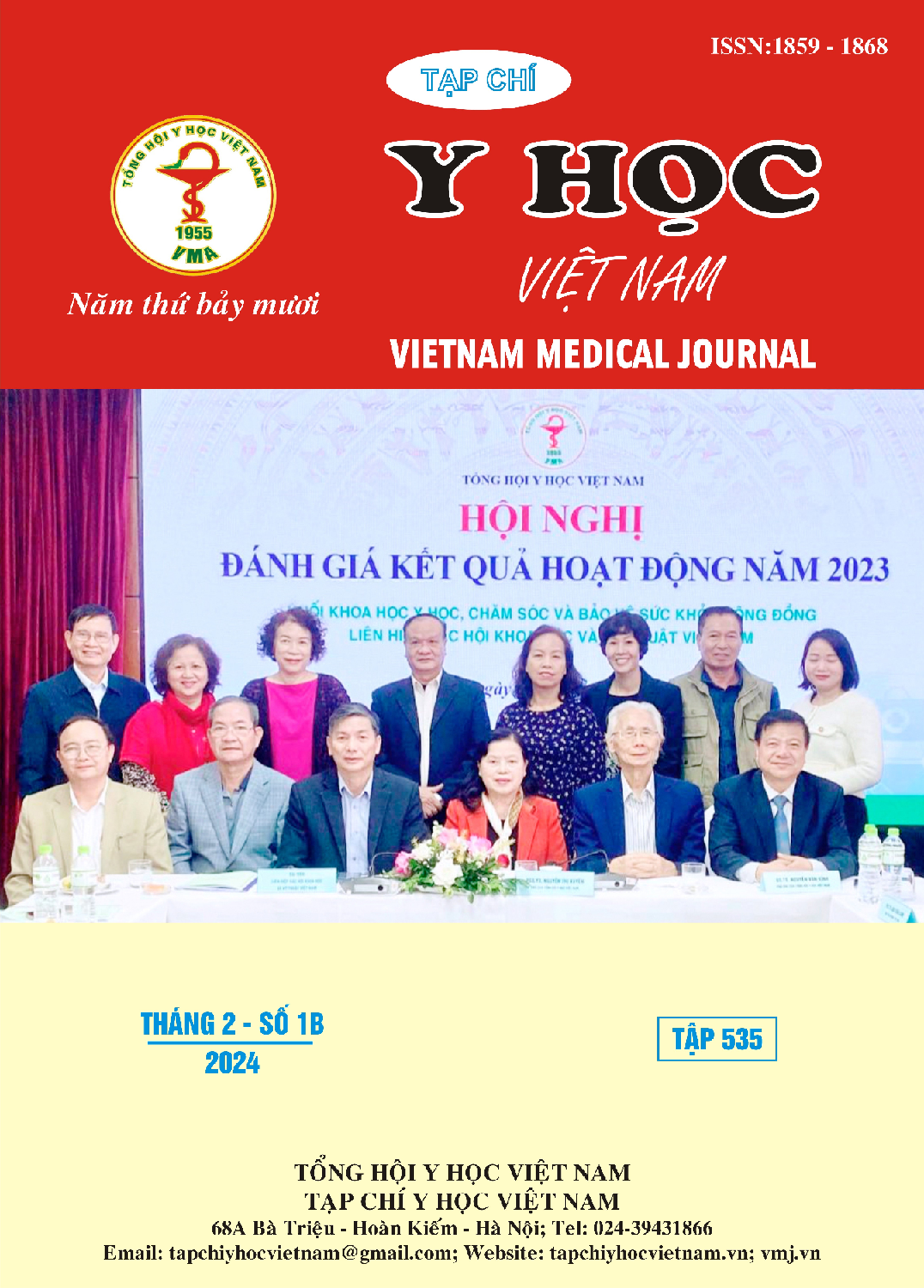LONGITUDINAL EXTENSIVE TRANSVERSE MYELITIS WITH DENGUE INFECTION IN CHILDREN: A CASE REPORT
Main Article Content
Abstract
Longitudinal extensive transverse myelitis is a form of tranverse myelitis, which can occur in the neuromyelitis optica spectrum disorder ormyelinoligodendrocytegly coprotein antibody associated disease (MOGAD). This disease is caused by an immune response after infection orvaccination, of which post-dengue virus is a rare cause. We report a case of a 10-year-old male child, diagnosed with longitudinal extensive transverse myelitiswith positive MOG-IgG antibodies following dengue virus infection, which responded well to high-dose corticosteroid therapy.
Article Details
Keywords
: longitudinal extensive transverse myelitis,transverse myelitis, myelin-oligodendrocyte-glycoprotein-IgG, MOG, Dengue virus
References
2. H. Celik et al., “Longitudinally extensive transverse myelitis in childhood: Clinical features, treatment approaches, and long-term neurological outcomes,” Clin. Neurol. Neurosurg., vol. 207, p. 106764, Aug. 2021, doi: 10.1016/j.clineuro. 2021.106764.
3. N. Badat, D. Abdulhussein, P. Oligbu, O. Ojubolamo, and G. Oligbu, “Risk of Transverse Myelitis Following Dengue Infection: A Systematic Review of the Literature,” Pharm. Basel Switz., vol. 7, no. 1, p. 3, Dec. 2018, doi: 10.3390/pharmacy7010003.
4. J. Comtois et al., “Longitudinally extensive transverse myelitis with positive aquaporin-4 IgG associated with dengue infection: a case report and systematic review of cases,” Mult. Scler. Relat. Disord., vol. 55, p. 103206, Oct. 2021, doi: 10.1016/j.msard.2021.103206.
5. A. L. Bruijstens et al., “E.U. paediatric MOG consortium consensus: Part 1 - Classification of clinical phenotypes of paediatric myelin oligodendrocyte glycoprotein antibody-associated disorders,” Eur. J. Paediatr. Neurol. EJPN Off. J. Eur. Paediatr. Neurol. Soc., vol. 29, pp. 2–13, Nov. 2020, doi: 10.1016/j.ejpn.2020.10.006.
6. Y. Nakamura et al., “Anti-MOG antibody-positive ADEM following infectious mononucleosis due to a primary EBV infection: a case report,” BMC Neurol., vol. 17, no. 1, p. 76, Apr. 2017, doi: 10.1186/s12883-017-0858-6.
7. M. Nakamura et al., “A case of MOG antibody-positive bilateral optic neuritis and meningoganglionitis following a genital herpes simplex virus infection,” Mult. Scler. Relat. Disord., vol. 17, pp. 148–150, Oct. 2017, doi: 10.1016/j.msard.2017.07.023.
8. Y. Shiga, T. Kamimura, Y. Shimoe, T. Takahashi, K. Kaneko, and M. Kuriyama, “[Anti-myelin oligodendrocyte glycoprotein (MOG) antibody-positive varicella-zoster virus myelitis presenting as longitudinally extensive transverse myelitis: a case report],” Rinsho Shinkeigaku, vol. 57, no. 10, pp. 579–583, Oct. 2017, doi: 10.5692/clinicalneurol.cn-001066.
9. H. Amano et al., “Influenza-associated MOG antibody-positive longitudinally extensive transverse myelitis: a case report,” BMC Neurol., vol. 14, p. 224, Nov. 2014, doi: 10.1186/s12883-014-0224-x.
10. J. Lambe et al., “Myelin oligodendrocyte glycoprotein-IgG associated disorders (MOGAD) following SARS-CoV-2 infection: A case series,” J. Neuroimmunol., vol. 370, p. 577933, Sep. 2022, doi: 10.1016/j.jneuroim.2022.577933.


